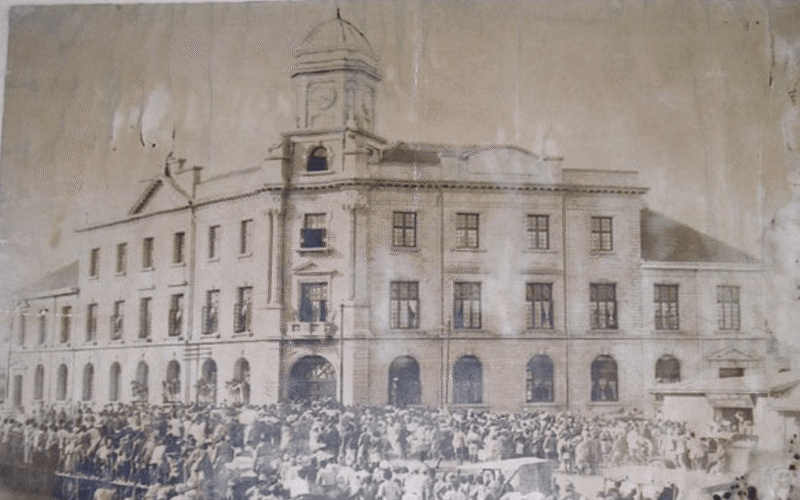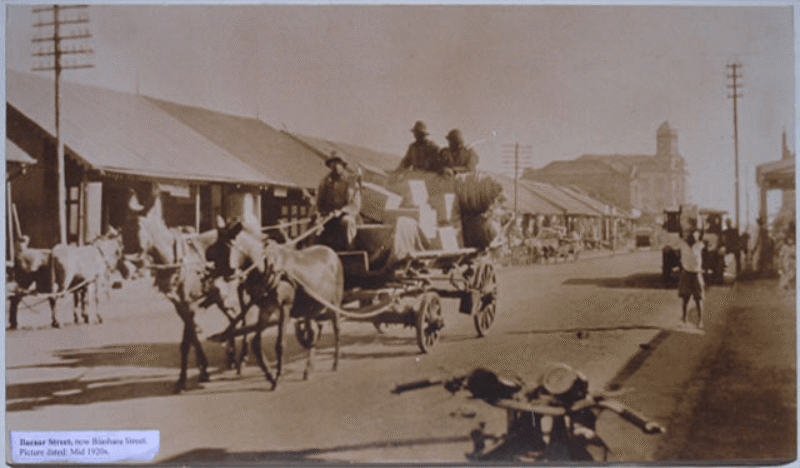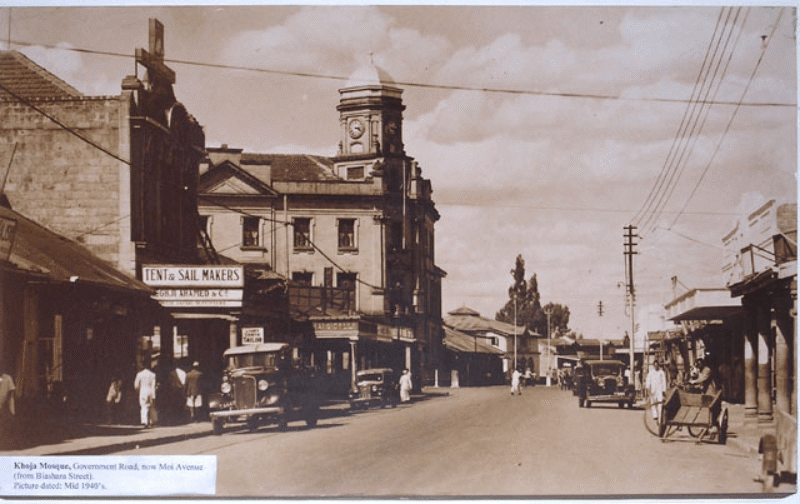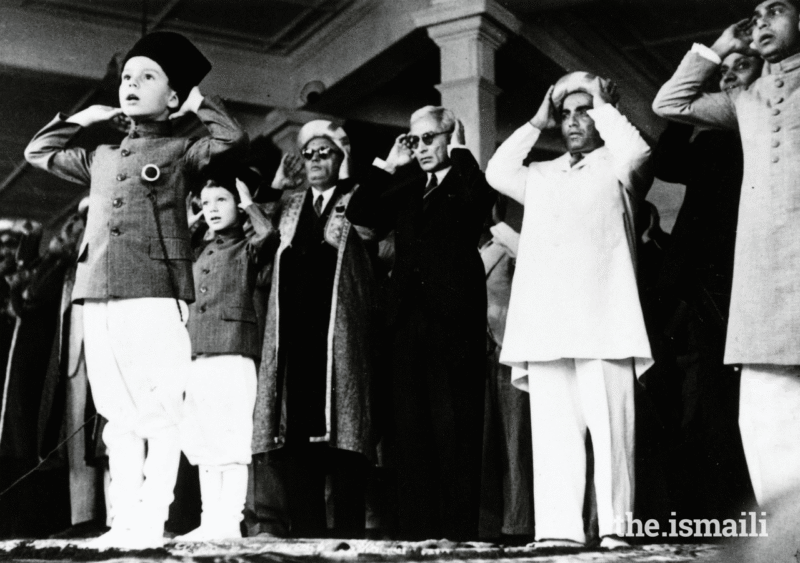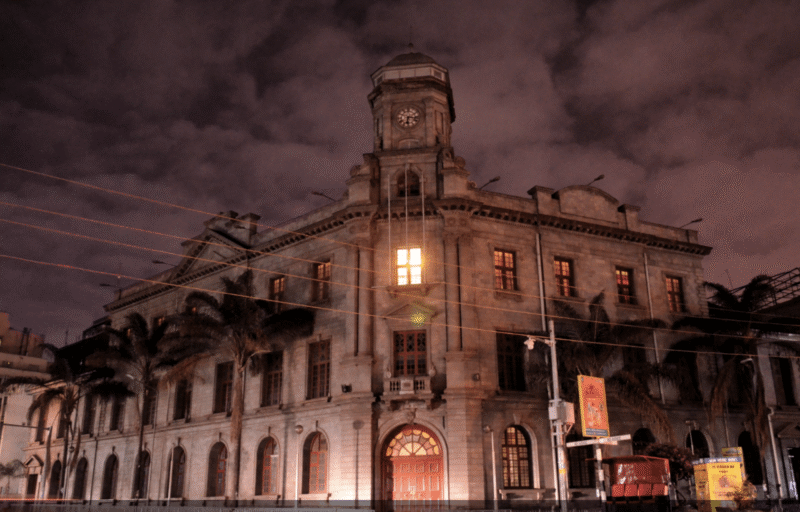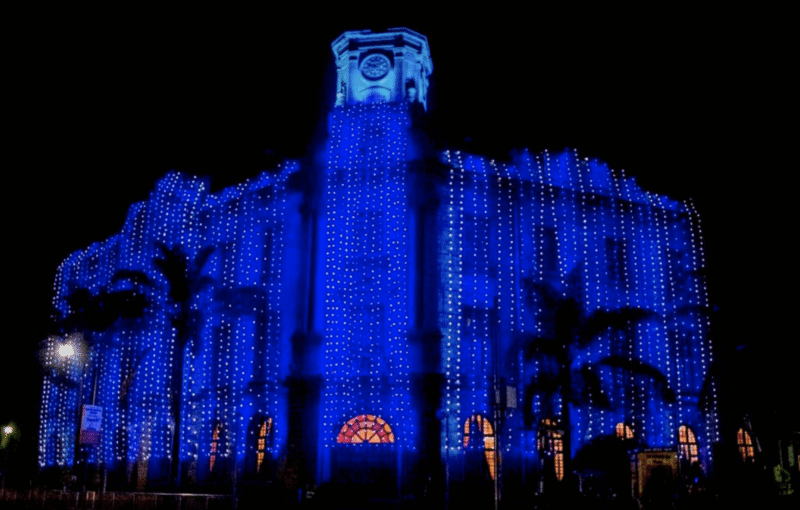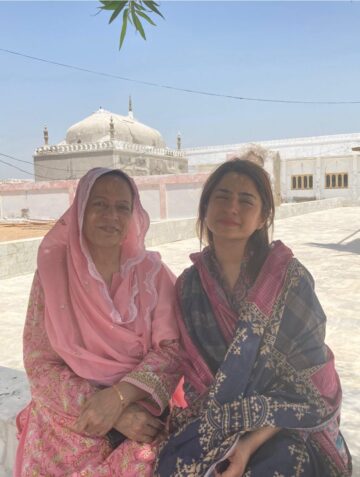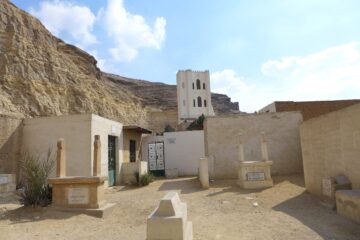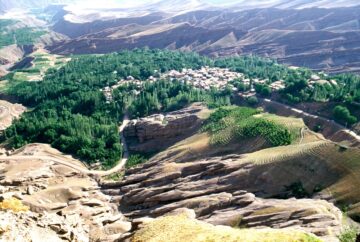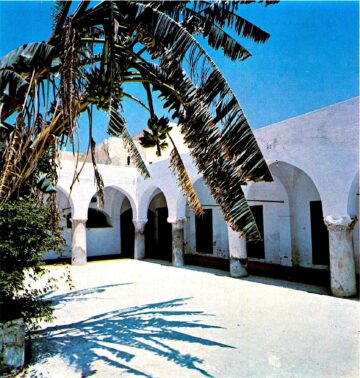Established in 1922 in the old part of Kenya’s capital, Nairobi, Town Jamatkhana was the city’s first jamatkhana. Built exactly two years after its foundation stone ceremony, the jamatkhana completed 100 years in service on 14 January 2022, making it one of the earliest jamatkhanas on mainland Africa. With several businesses setting up shop near the jamatkhana, it is also believed to have spurred economic growth in the area, particularly on then Bazaar Street, now Biashara Street.
A predominantly L-shaped, three-storeyed building located in the central business district and sitting at Moi Avenue on a polygonal site measuring about 1880 sq. m., Town Jamatkhana was designed by Virji Nanji Khambhaita in Victorian-styled architecture.
Across the street, from the 1930s to the 2000s was the Ismailia Hotel restaurant, a popular pit stop for chai and bhajias for people from all walks of life throughout the day. Not too far away and down to the present day lie two Aga Khan Development Network (AKDN) buildings — the Industrial Promotion Services (IPS) building and Nation Centre (home to the Nation Media Group), both on Kimathi Street, each of which catalysed further growth and development.
Due to its imposing stone building, tall clock tower, and timber-framed fenestrations, Town Jamatkhana was immediately recognisable and quickly acquired a landmark status.
With spaces for prayer and contemplation, social events, learning, and administration, the natural light-filled interiors of the jamatkhana are characterised by high ceilings, tall, arched openings on the ground storey, and timber detailing in the staircases, balusters, doors, and windows. Some of these windows have stained glass patterns. Parts of the floors are finished in patterned terrazzo.
Formerly a darkhana, and also dubbed locally as the Khoja Mosque, it was at the Town Jamatkhana that Prince Karim Aga Khan, the grandson of the 48th Ismaili Imam, Sir Sultan Mahomed Shah, Aga Khan III, recited the namaz for ʿId al-Fitr in 1944, aged eight. Different photographs of the young Prince Karim leading the namaz, with his brother Prince Amyn near or beside him, are widely circulated in jamats worldwide.
At its peak use by the community, the ground floor had a well-stocked library, where many would start their day by reading the newspapers on their way to work. Also on the ground storey were administration offices for the Ismaili community, housing the Ismaili Council for Kenya, the Ismaili Council for Nairobi, and their respective archives. The upper stories were more private, creating quiet spaces for prayer.
On special occasions for both the community and the country, Town Jamatkhana would be covered with decorative lights and the Aga Khan Band would play.
As more jamatkhanas were built around Nairobi, in Pangani, Parklands, and Eastleigh, Town Jamatkhana came to be less used by the community. Its gazetting in 2001, therefore, as a historic, heritage monument under the National Museums of Kenya, provided a new opportunity to retain its historic significance and iconic status by adapting its spaces for wider ambassadorial events.
In the years since, the Ismaili Council for Kenya and the AKDN Diplomatic Office have hosted major cultural events and exhibitions at the jamatkhana, bringing together government stakeholders, diplomats, international partners and private and public sectors to share knowledge and discuss key issues facing Kenyans.
Such events include a performance sponsored by the Aga Khan Music Initiative showcasing the musical traditions of Afghanistan and Tajikistan, as well as an environmental roundtable workshop chaired by Prince Rahim Aga Khan and involving the United Nations Environment Programme (UNEP), diplomats and academics.
These events, together with exhibitions like Rays of Light: Glimpses into the Ismaili Imamat (2014 and 2018), IsmailisAdherents of a branch of Shi’i Islam that considers Ismail, the eldest son of the Shi’i Imam Jaʿfar al-Ṣādiq (d. 765), as his successor. in Kenya: A Photographic Journey (2018), Fragile Beauty (2019), featuring marine photographs by Prince Hussain Aga Khan, and another exhibition on the work of AKDN, all further highlight the history, work, priorities, and concerns of the community and institutions of the Ismaili Imamat in Kenya and beyond.
As part of ongoing efforts to maintain and preserve this historic heritage site, Town Jamatkhana has for the last two years been undergoing major repair works, including replacement of the roof and gutters, repointing of the stone façade, and restoration of the external windows and doors under the aegis of institutions of the Ismaili Imamat, including the Aga Khan Trust for Culture (AKTC), which consulted on the project and prepared conservation reports.
References
Aga Khan Development Network (AKDN). Prince Rahim Visits East Africa to Evaluate AKDN’s Response to Environmental Sustainability and Climate Change. https://the.akdn/en/resources-media/whats-new/news-release/prince-rahim-visits-east-africa-evaluate-akdns-response-environmental-sustainability, 18 Mar 2020.
Archnet. Nairobi Jamatkhana. https://www.archnet.org/sites/5732, 19 Feb 2023.
Azim Lakhani and Shamira Dostmohamed. Celebrating over a Century of Ismaili Community in Kenya. At Nation, https://nation.africa/kenya/blogs-opinion/blogs/celebrating-over-a-century-of-ismaili-community-in-kenya-3681556, 14 Jan 2022.
Hussein Jiva. Rays of Light to Return to Kenya in Commemoration of Diamond Jubilee. At The Ismaili, https://the.ismaili/news/rays-light-return-kenya-commemoration-diamond-jubilee, 23 Mar 2018.
Hussein Jiva. Prince Hussain’s Photo Exhibition Illustrates the Fragile Beauty of Marine Life. At The Ismaili, https://the.ismaili/news/prince-hussains-photo-exhibition-illustrates-fragile-beauty-marine-life, 20 Mar 2019.
Nasrin Shamji-Dewany. Kenyan Leaders Visit Rays of Light Exhibition; Praise Contributions of the Ismaili Imamat. At The Ismaili, https://the.ismaili/news/kenyan-leaders-visit-rays-light-exhibition-praise-contributions-imamat, 22 May 2014.
Raeesa Fazal. Nairobi Town Jamatkhana: A Journey through Time. At The Ismaili, https://the.ismaili/nairobi-town-jamatkhana-journey-through-time, 20 Jan 2018.
The Ismaili, Kenya. Today in History. On Facebook, https://www.facebook.com/theismailikenya/posts/today-in-historyon-14th-january-1922-the-then-darkhana-jamatkhana-in-nairobi-ken/3696521823761176/, 14 Jan 2021.
The Ismaili. Nairobi’s Iconic Town Jamatkhana Celebrates 100 Years. At https://the.ismaili/global/news/community-news/nairobis-iconic-town-jamatkhana-celebrates-100-years, 13 Jan 2022.
Zahir Dharsee. Memories of Nairobi’s Majestic ‘Town Jamatkhana’, Formerly the ‘Darkhana’ of Kenya. At Simerg, https://simerg.com/the-jamatkhana/memories-of-nairobis-majestic-town-jamatkhana-formerly-the-darkhana-of-kenya/, 22 Jan 2022.
Source, CRediTs, and Acknowledgements
KEN0001S – Town Jamatkhana, Nairobi. Ismaili Heritage Database. Ismaili Heritage Project, The Institute of Ismaili Studies, 2024.
Aftab Jalia: Investigation, Writing – Original Draft, Visualisation; Fayaz S Alibhai: Conceptualisation, Methodology, Validation, Investigation, Writing – Review & Editing, Visualisation, Supervision, Project Administration; Shiraz Allibhai: Conceptualisation, Writing – Review & Editing; Nazir Mulji: Conceptualisation, Writing – Review & Editing; Zayn Kassam: Conceptualisation, Writing – Review & Editing; Abdul Javery: Software, Data Curation; Shoaib Momin: Software, Data Curation; Javed Merchant: Software, Data Curation; Nuresh Momin: Software, Data Curation.
About
The Ismaili Heritage Project is a tripartite collaboration between IIS (London), the Aga Khan Trust for Culture (Geneva), and the Department of Jamati Institutions (Lisbon). The project aims to document, protect, conserve, and celebrate the built and associated tangible heritage of the global Shia Ismaili Muslims.

